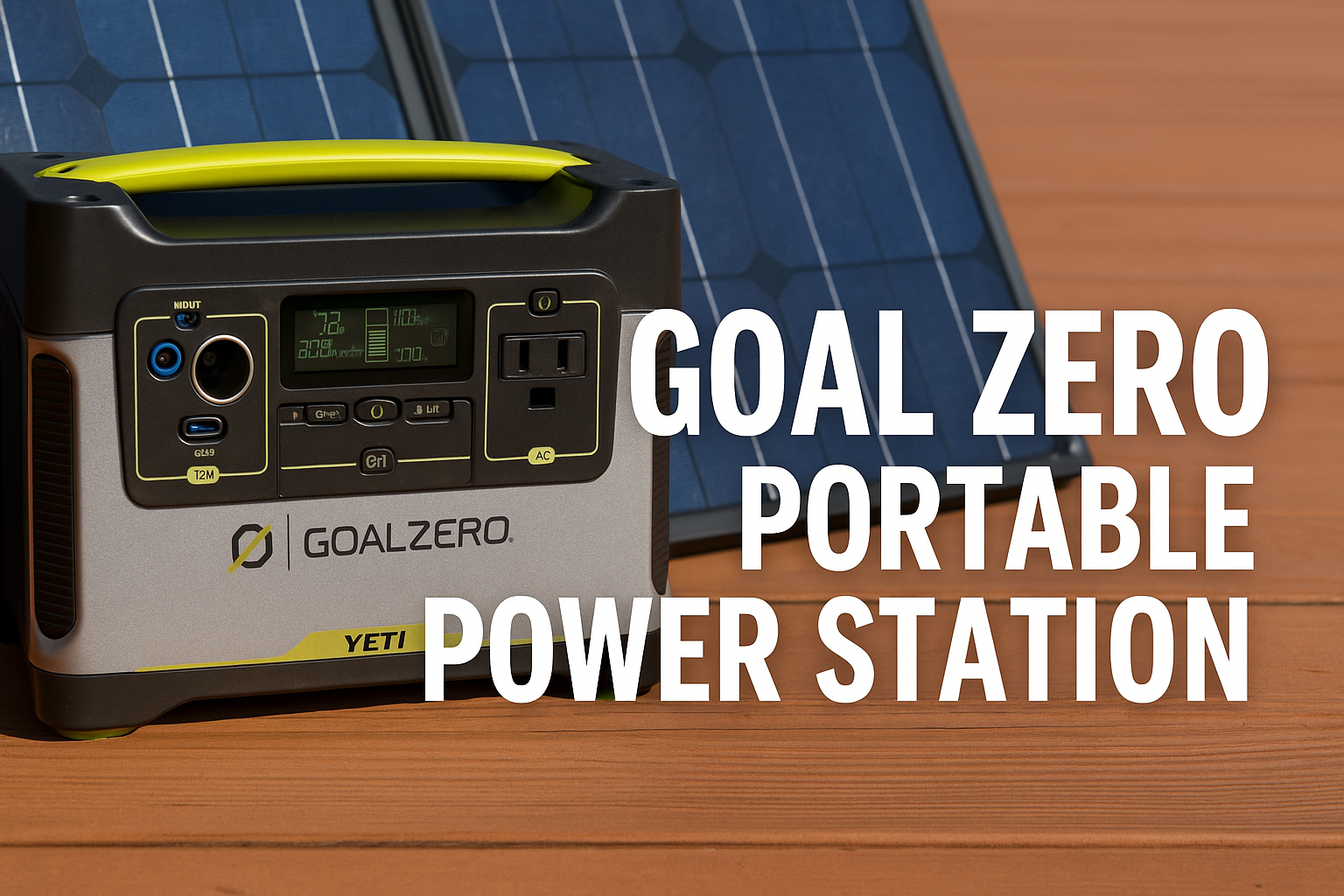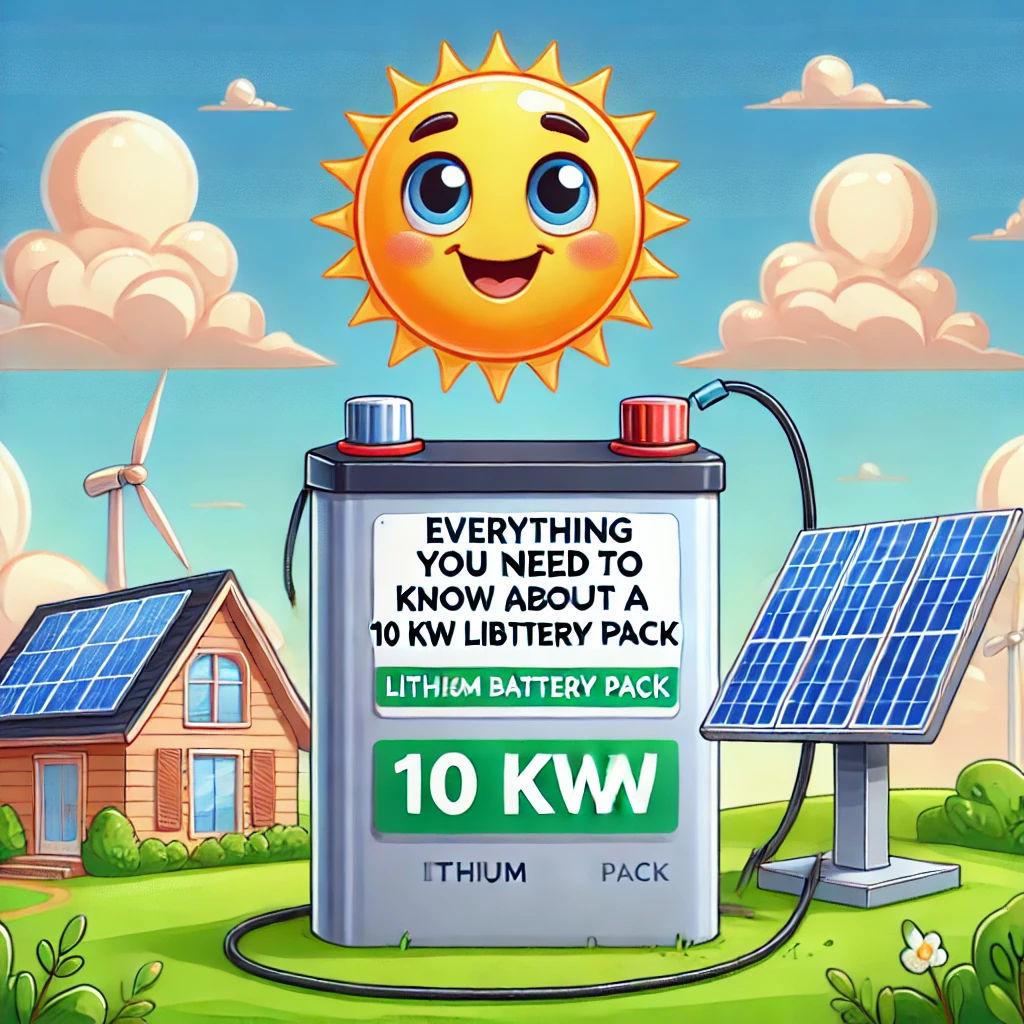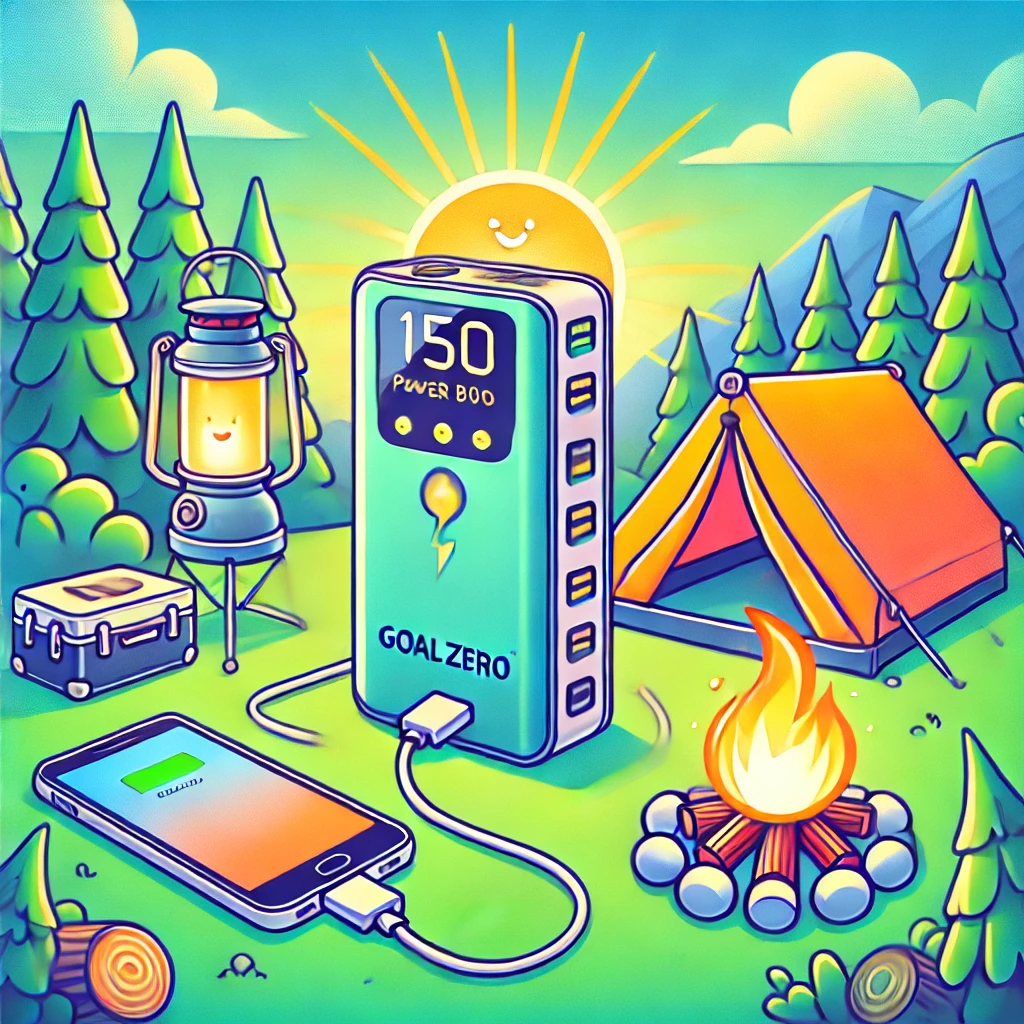Introduction
The Bluetti AC200P has become a favorite among campers, RV owners, off-grid enthusiasts, and homeowners who want reliable backup power without relying on gas. With its 2,000Wh LiFePO4 battery and 2,000W pure sine wave inverter, it can run refrigerators, laptops, fans, medical devices, and even power tools.
But here’s the truth: the AC200P only reaches its full potential when paired with the right solar panels. Wall charging works fine, but it takes hours and ties you to the grid. Car charging is slow and impractical for long trips. Solar panels, on the other hand, turn your AC200P into a true portable power station capable of running indefinitely under good sunlight.
This guide will cover everything you need to know about choosing the best solar panels for the Bluetti AC200P—from specifications and compatibility to top panel recommendations, setup tips, pros and cons, and real-world use cases.
Why Solar Panels Matter for the Bluetti AC200P
The AC200P is designed with solar charging in mind. Here’s why solar panels are the best option:
- Unlimited clean energy – No need to buy gas or pay electric bills.
- Eco-friendly – Quiet, emission-free, and safe indoors/outdoors.
- Portability – Foldable panels let you recharge anywhere.
- Scalability – Add more panels to reduce charging time.
- Emergency use – Works during blackouts when outlets and fuel are unavailable.
With solar, your AC200P becomes a self-sustaining off-grid system.
Bluetti AC200P Solar Input Specifications
Before you buy solar panels, it’s critical to understand the charging limits of the AC200P.
| Feature | Specification |
|---|---|
| Max Solar Input Power | 700W |
| Input Voltage Range (VOC) | 35V – 150V |
| Max Input Current | 12A |
| Connector Type | Standard MC4 |
| Battery Capacity | 2,000Wh LiFePO4 (3,500+ cycles) |
What this means for you:
- Total solar wattage cannot exceed 700W.
- Open-circuit voltage of the solar array must stay between 35V and 150V.
- Panels can be connected in series or parallel, but wiring must match these requirements.
- MC4 connectors make it easy to pair with most solar panels on the market.
How Many Solar Panels Do You Need?
Charging speed depends on how many watts you feed into the AC200P.
- 200W panel → 10–12 hours (1 panel)
- 2 × 200W (400W) → 5–6 hours
- 3 × 200W (600W) → 3.5–4.5 hours
- 2 × 350W (700W) → 3–4 hours (fastest possible with solar)
If you rely heavily on the AC200P, two PV350 panels or three SP200 panels are the most efficient setups.
Best Solar Panels for Bluetti AC200P
1. Bluetti SP200 (200W) Solar Panel
- Type: Foldable monocrystalline
- Power Output: 200W
- Portability: Lightweight, easy to carry
- Waterproof rating: IP65
- Why it’s great: Designed specifically for Bluetti products, ensuring compatibility and efficiency.
👉 Best for users who want a balance between portability and solid charging speeds. Three SP200 panels (600W) will charge the AC200P in about 4 hours.
2. Bluetti SP120 (120W) Solar Panel
- Type: Monocrystalline, foldable
- Power Output: 120W
- Lightweight & portable – ideal for campers and hikers
- Why it’s great: Extremely easy to carry, compact, and beginner-friendly.
👉 Downsides: You’ll need 6 SP120 panels to reach max input (720W), which takes more space.
3. Bluetti PV350 (350W) Solar Panel
- Type: High-efficiency monocrystalline
- Power Output: 350W
- Durability: Waterproof and foldable
- Why it’s great: With just two PV350 panels, you’ll max out the AC200P’s input (700W). Fewer panels mean less setup and faster charging.
👉 Best for users who want fastest solar charging with minimal gear.
4. Third-Party Panels (Renogy, Rich Solar, HQST)
- Type: Rigid or flexible monocrystalline panels
- VOC: Must be between 35–150V
- Connectors: Use MC4 adapters if needed
- Why it’s great: More affordable than Bluetti panels, great for permanent installations on RV roofs or cabins.
👉 Example: Three Renogy 200W rigid panels in series provide ~600W input, charging the AC200P in 3–4 hours under strong sunlight.
Charging Times with Different Setups
Here’s a quick reference table:
| Solar Setup | Wattage | Estimated Charging Time |
|---|---|---|
| 1 × SP200 | 200W | 10–12 hrs |
| 2 × SP200 | 400W | 5–6 hrs |
| 3 × SP200 | 600W | 3.5–4.5 hrs |
| 2 × PV350 | 700W | 3–4 hrs |
| 3 × Renogy 200W rigid | 600W | 3.5–4.5 hrs |
Note: Times vary based on sun conditions, panel angle, and weather.
Pros and Cons of Different Solar Panel Options
✅ Bluetti SP200
- Perfect compatibility
- Foldable and portable
- Waterproof design
– Need 3+ panels for best charging
✅ Bluetti SP120
- Super portable
- Great for solo camping
– Slow charging, requires many panels
✅ Bluetti PV350
- Fastest charging option (2 panels = max input)
- Durable, waterproof
– More expensive and heavier
✅ Third-Party Panels
- Budget-friendly
- Good for fixed installations
– Requires careful VOC matching
– Less portable than Bluetti-branded panels
Real-World Use Cases
- Camping & Overlanding: Pairing the AC200P with two SP200 panels gives campers reliable day-to-day power for lights, fans, cooking appliances, and electronics.
- RV Travel: Roof-mounted rigid Renogy panels can keep the AC200P charged while driving or parked.
- Emergency Backup: Two PV350 panels recharge the unit quickly after a power outage, keeping essentials like refrigerators and Wi-Fi online.
- Off-Grid Living: With multiple panels, the AC200P becomes a long-term power solution for cabins or tiny homes.
Tips for Choosing the Best Panels
- Match voltage: Keep your solar array’s VOC between 35–150V.
- Consider portability: Foldable panels are easier for travel; rigid panels are better for permanent setups.
- Budget smartly: Bluetti panels are premium but optimized; third-party panels save money but need careful planning.
- Weatherproofing: Check for IP65+ ratings for outdoor durability.
- Plan for future: Choose panels that allow easy expansion.
FAQs
1. Can I use non-Bluetti solar panels with AC200P?
Yes, as long as they meet the voltage (35–150V) and connector requirements (MC4).
2. What is the fastest way to charge the AC200P with solar?
Two Bluetti PV350 panels (700W total) recharge it in about 3 hours under ideal sun.
3. Can I leave solar panels connected all the time?
Yes. The system regulates input to prevent overcharging.
4. Do I need an MPPT controller?
No. The AC200P has a built-in MPPT controller for efficient solar charging.
5. Will solar charging work on cloudy days?
Yes, but charging will be slower since panels produce less wattage under weak sunlight.
Conclusion
The Bluetti AC200P is already a powerful portable power station, but pairing it with the right solar panels transforms it into a true off-grid generator.
- For fastest charging, two PV350 panels are unbeatable.
- For portability, the SP200 is a great balance.
- For budget-conscious users, third-party panels like Renogy work well if wired correctly.
Whether you’re camping, traveling in an RV, or preparing for emergencies, the best solar panels for Bluetti AC200P give you clean, renewable energy anytime, anywhere.



